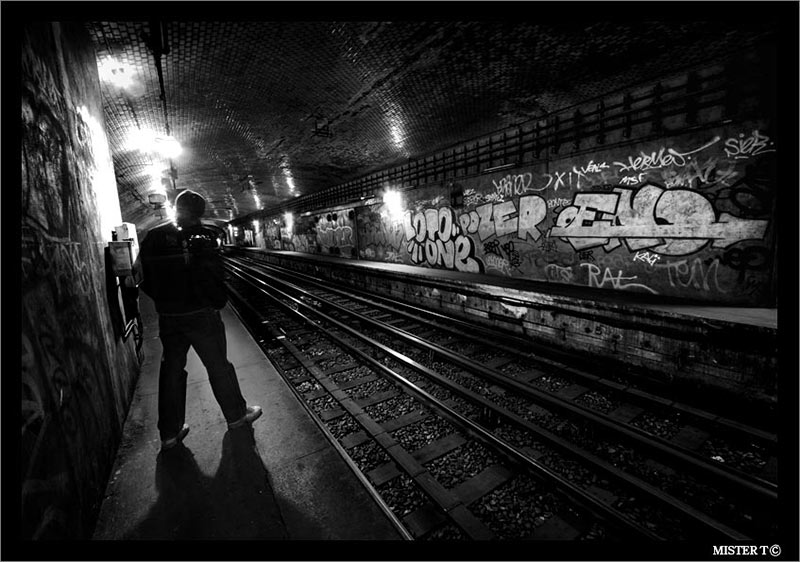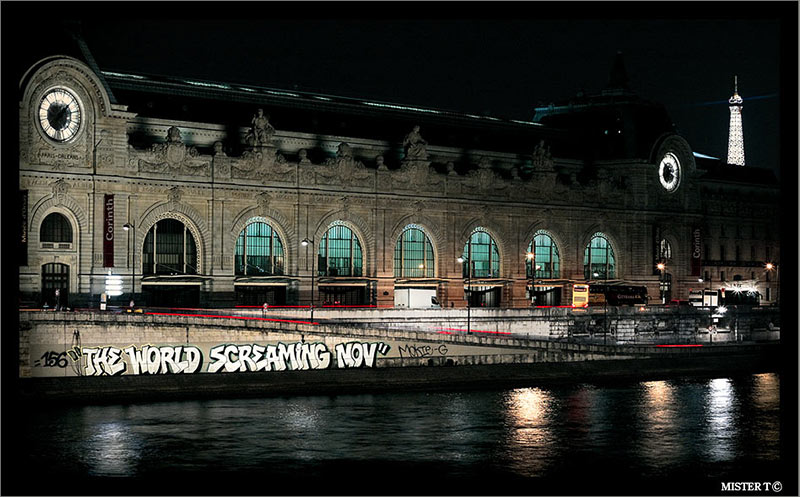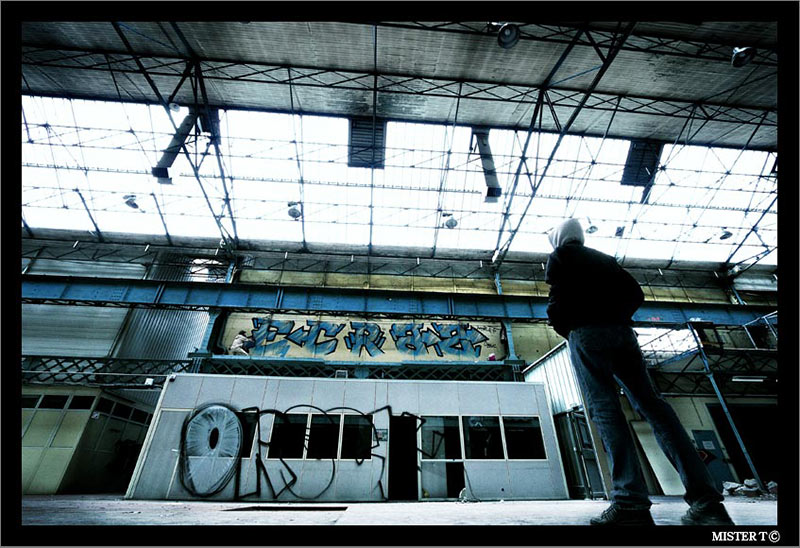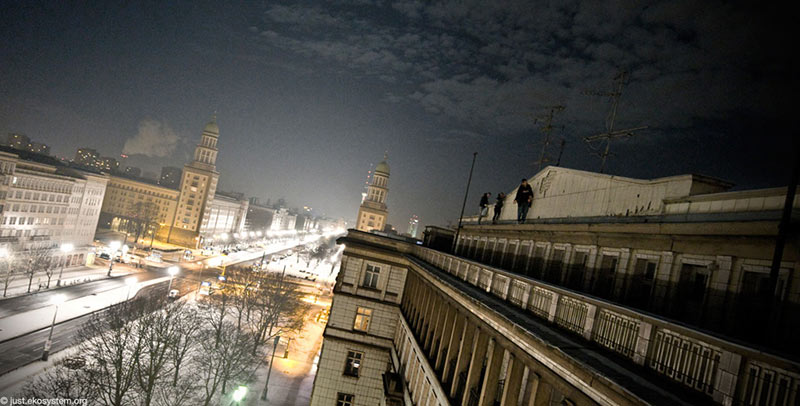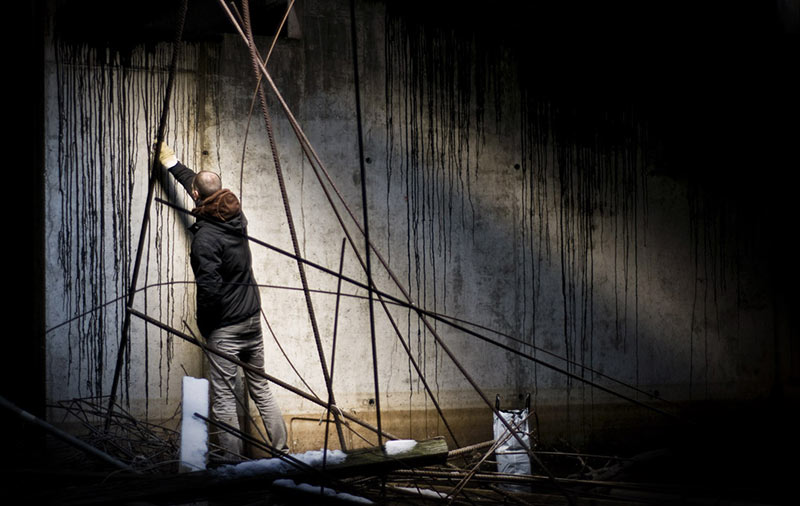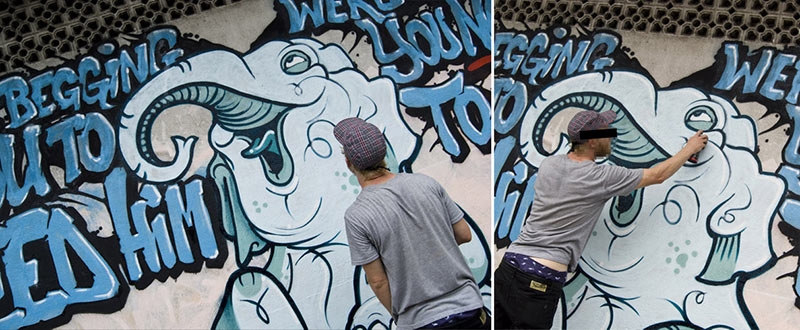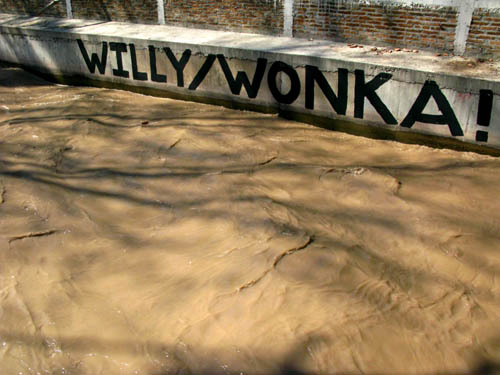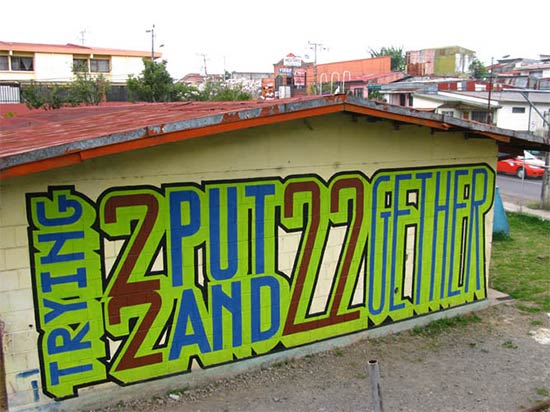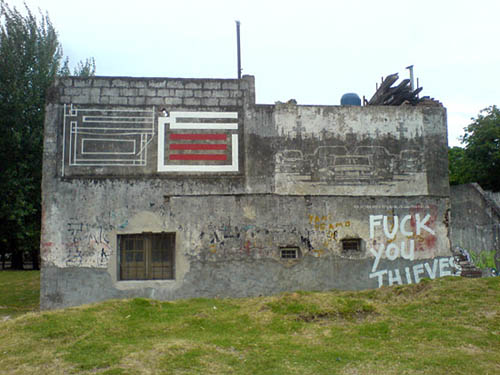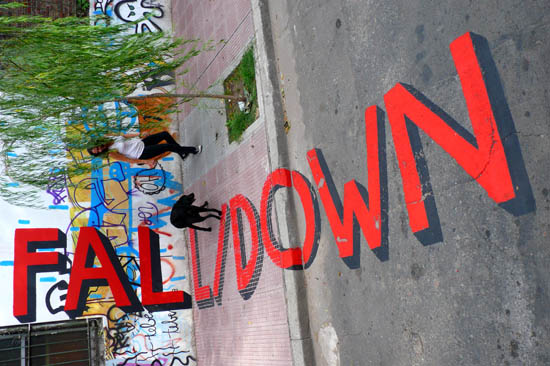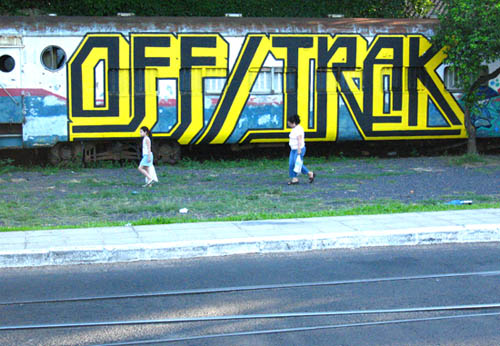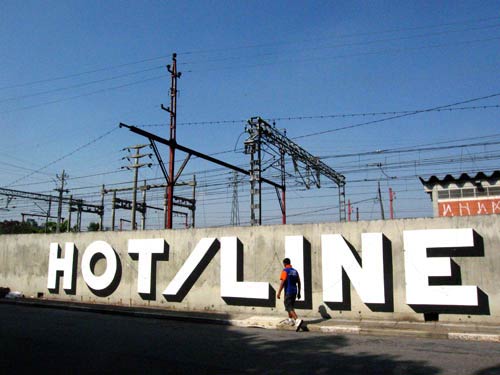11 things about 2011
Sten & Lex
1- A photo of one of your artwork from 2011.
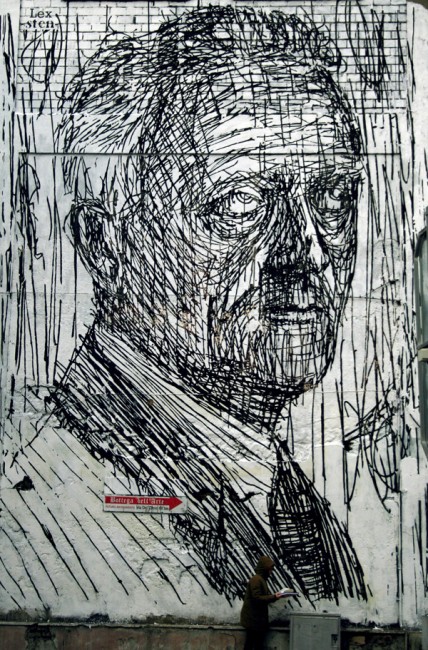
Our last work, a new step in our work. We are studying, from about
two years, this new way of drawing stencil. Now we have just did this and
another stencil on the street and hundreds of sketches. We are very far
from what we’d like to see, these are proofs, experiments 10 years
after our first stencil on the street in 2001. On the street we use
the same technique of the Stencil Poster, we paste up a paper stencil
like a poster then we paint on it and then we destroy the matrix, so
the stencil die on the wall, it’s not reproducible.
It was not very easy to change, we abandoned the parallel lines
that were a mark for our stencil. We introduced lines and dots in
stencils many years ago and we called that way of stencils Hole School,
in the website Stencil Revolution. Now there are a
lot of stencilers using halftone to create their stencil, today a
lines or dots stencils are very common.
What we want to do now is using one color stencil as always but
destroying the lines in thousands of fragments like an impulsive
schetch and doing something else than portraits, very difficult.
We want, as in the past, to go as far as possible from the classic
stencil immaginary in the form and in the content.
We hope to reach some result, time will judge us.
2- One thing you did in 2011 that you are particularly proud. 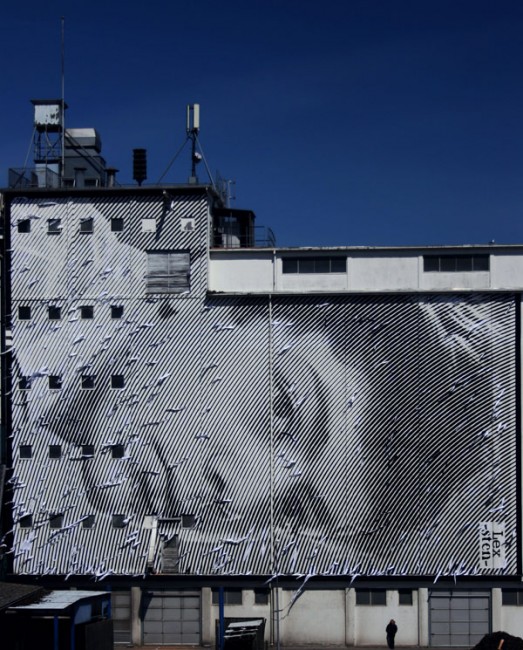 We are never totally proud of ourselves, we are -most of the time-
We are never totally proud of ourselves, we are -most of the time-
unsatisfied by our work and may be it’s the reason we still work on
our art.
The work that was more intense this year was that in Køge -Denmark-
for Walk this Way festival in april.
3- Something you loved in 2011.
The Crisis, we are happy that this Occidental crisis will make reflect
many people.
The best arts movies were directed in Italy during a period of crisis.
May be crisis will help some artist to express something authentic.
Some new real piece of art.
4- Someone you hated in 2011.
In 2011 we hated ourselves.
5- One city, One festival & one exhibition.
Prague, Fame Festival, we were at so few exhibition this year… may
be we will go to see Caravaggio in Palazzo Venezia the 31.
6- A photo of someone else artwork or the name of an artist you
enjoyed a lot the work.
This years we were fortunate to take part to a festival in Foligno,
Attack,where we watched the three horses of Erica il Cane, we like his
imaginary and his skill in drawing so big murals. It’s very important to
see a mural in person and not only on a photo on the web.
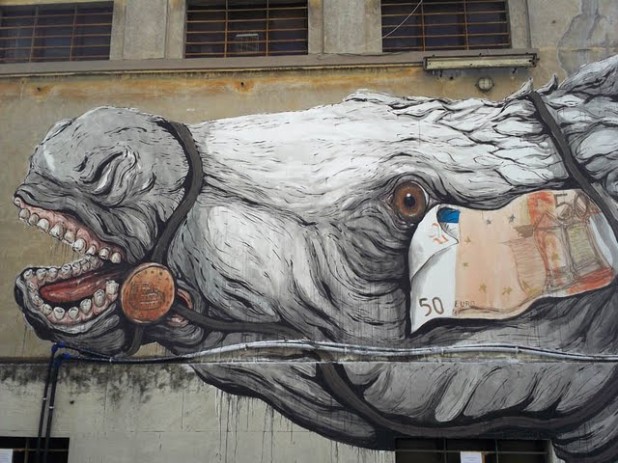
7- One book
We prefer don’t tell our book, no one read nowadays.
8- One web video.
9- One website
I don’t navigate very much
10 – One place to eat in Roma.
In our house, Lex in particoular is a good chief. If not we recommend
Sora Margherita in piazza delle Cinque Scole.
11- One last word
Thank you for the interview.

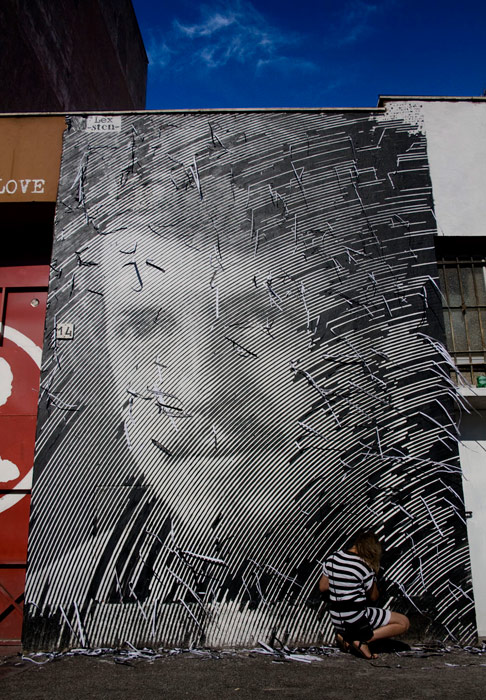

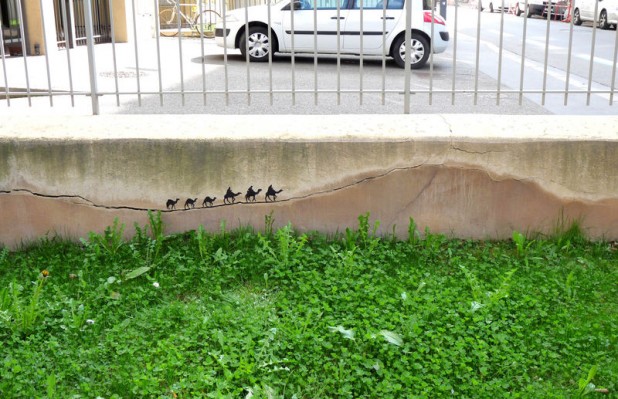
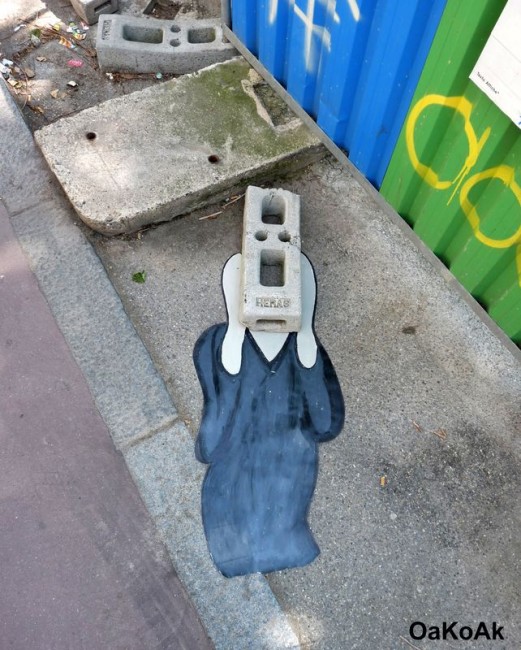
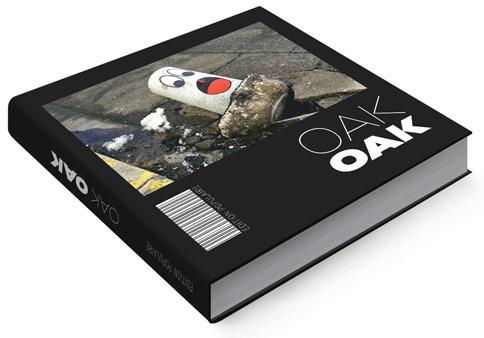
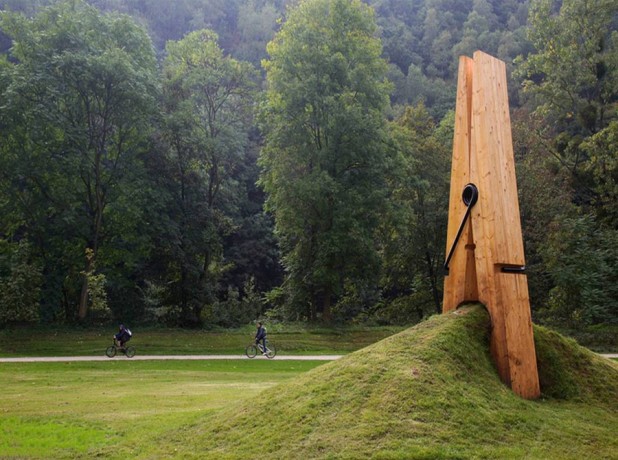







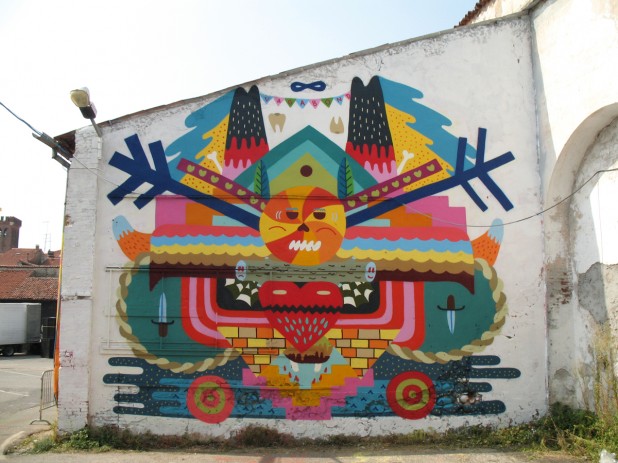
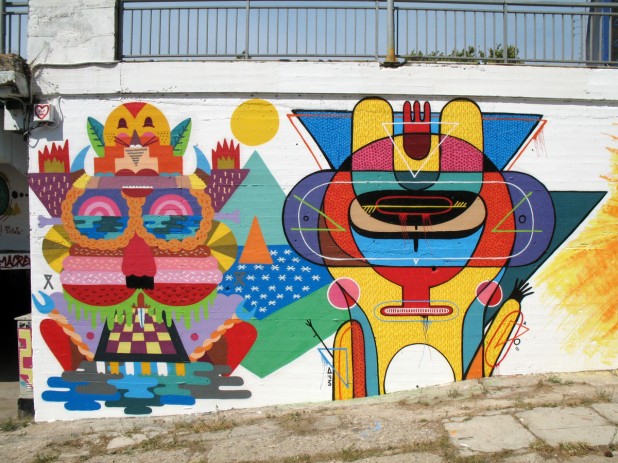
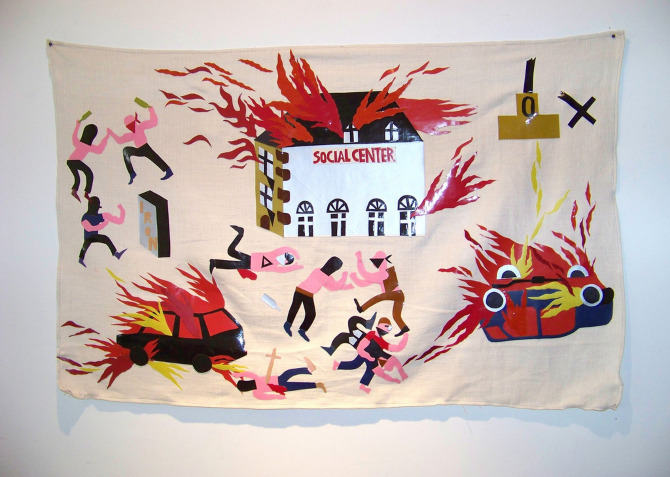
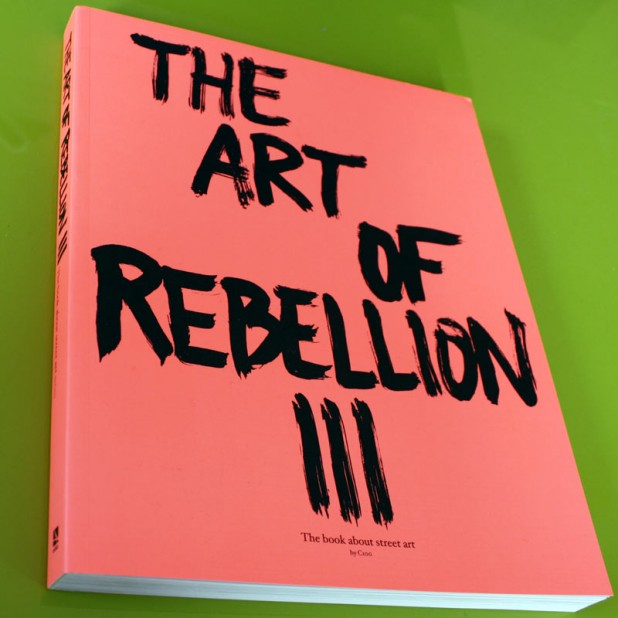
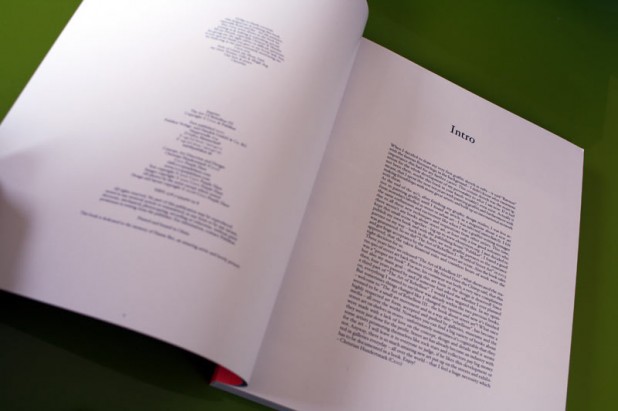
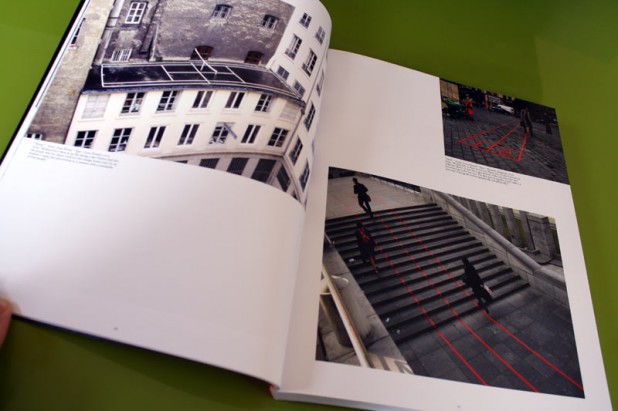
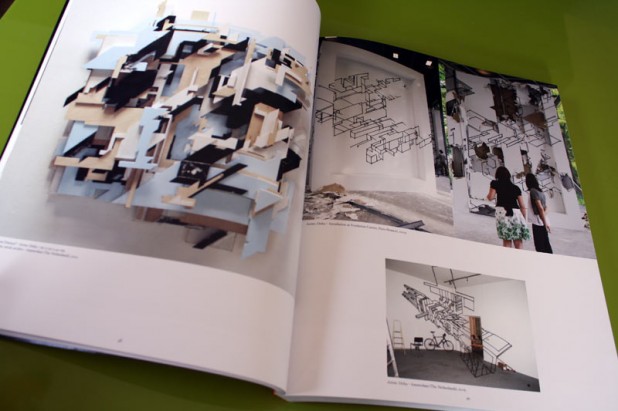
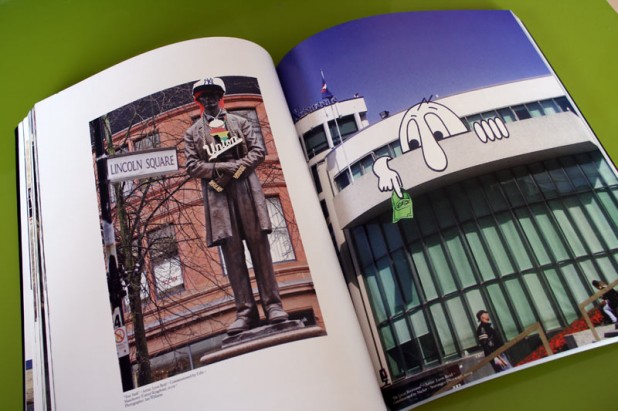
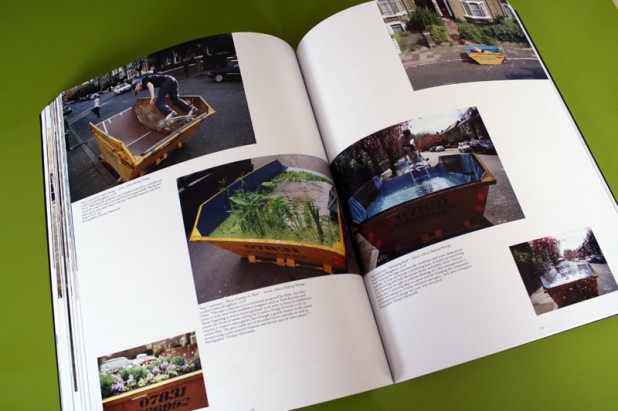
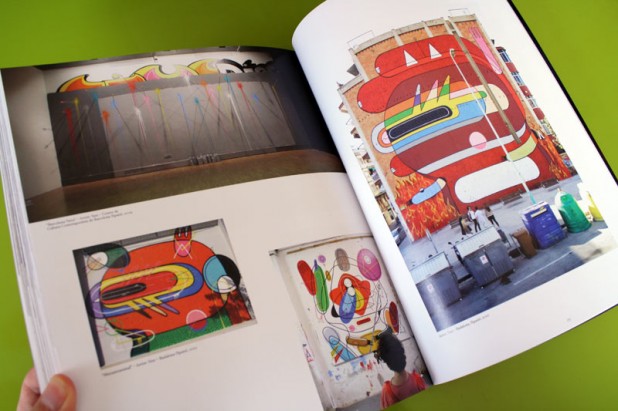
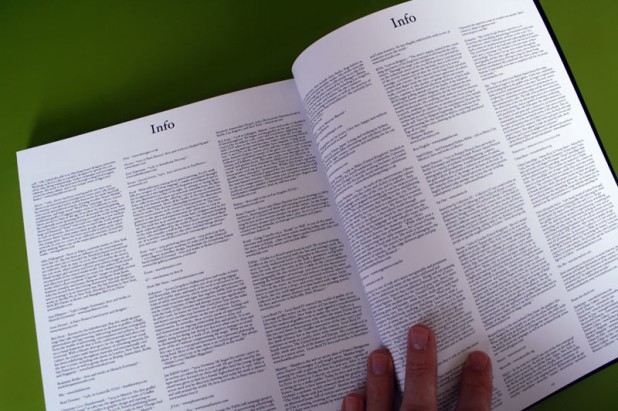
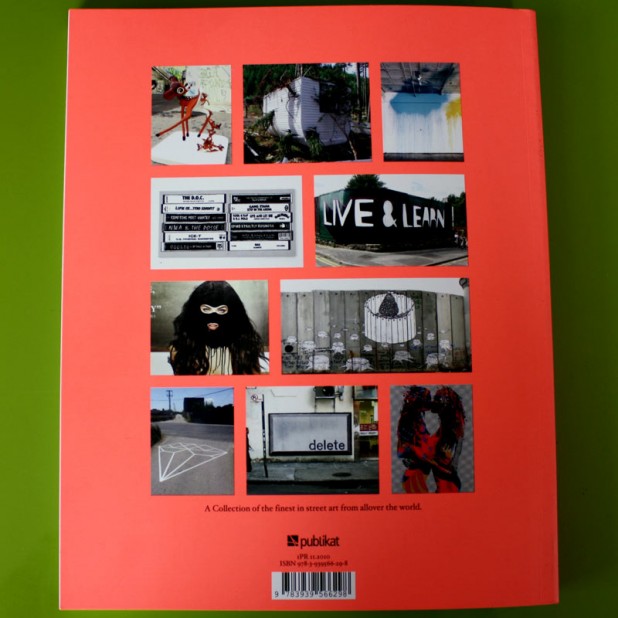
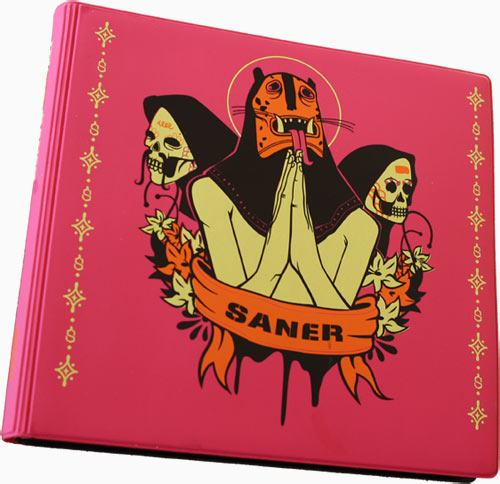
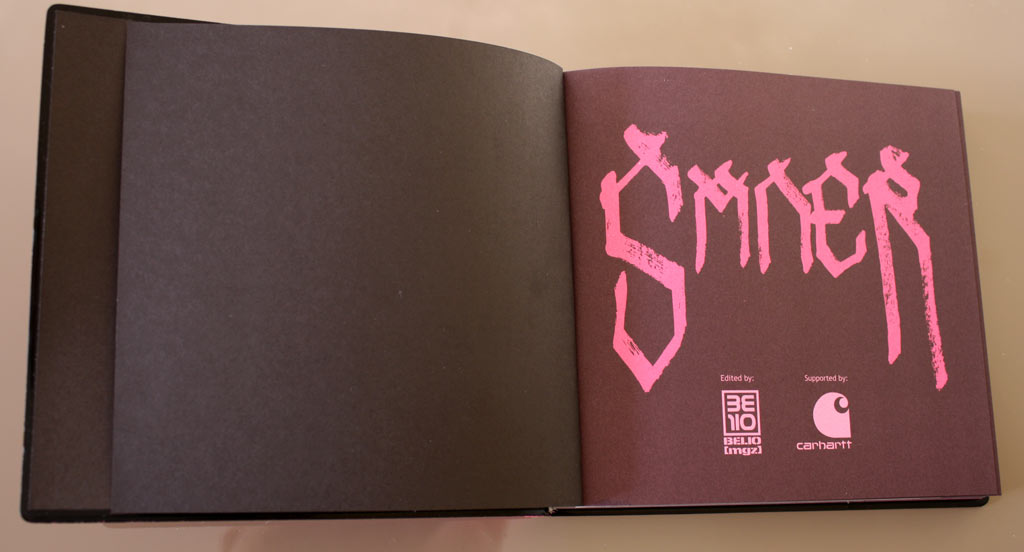
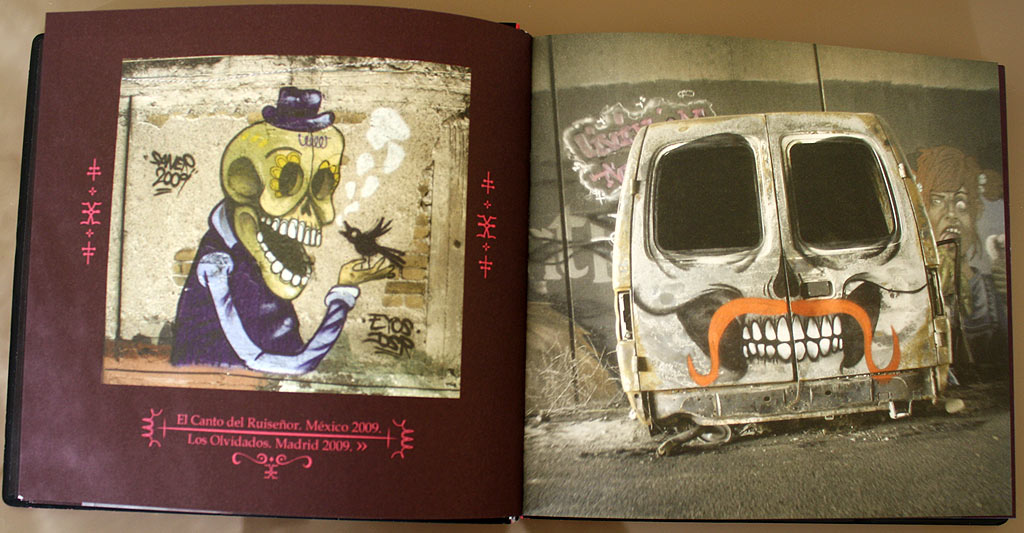
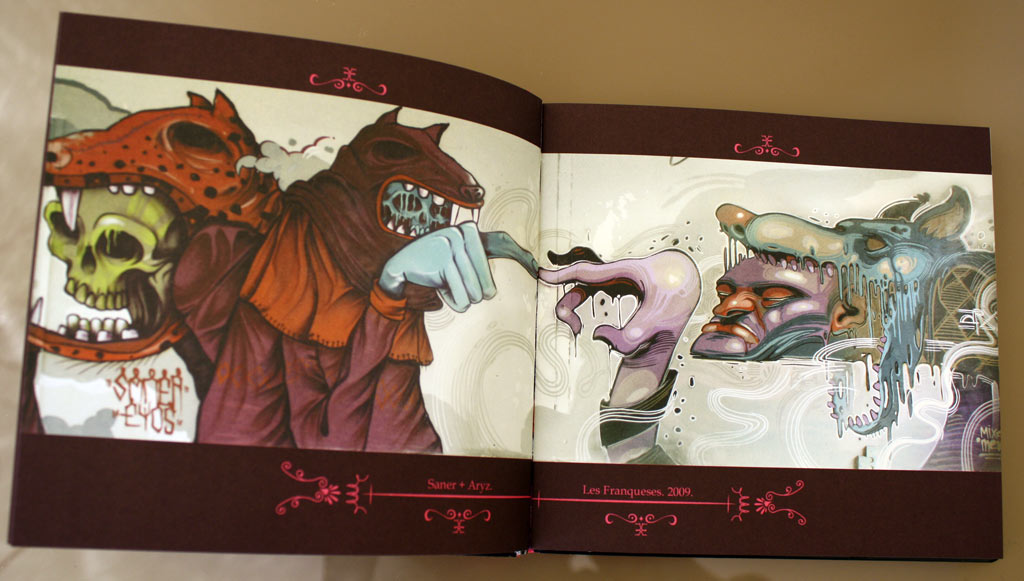
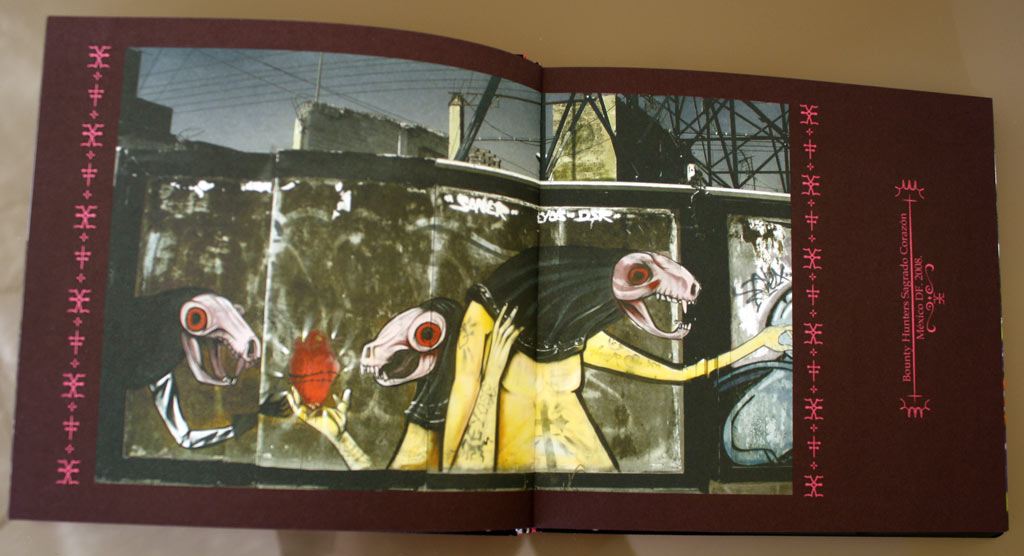
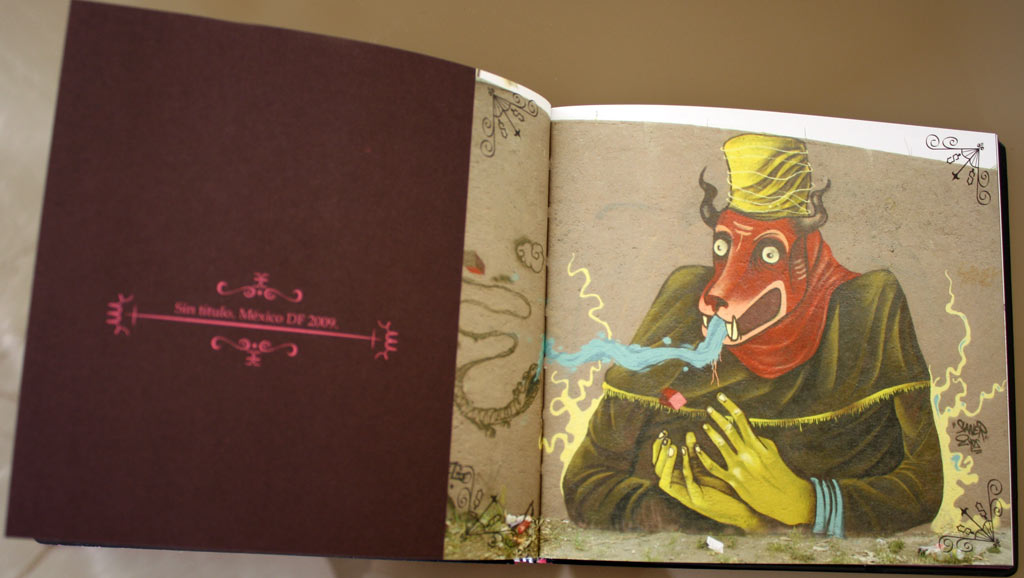
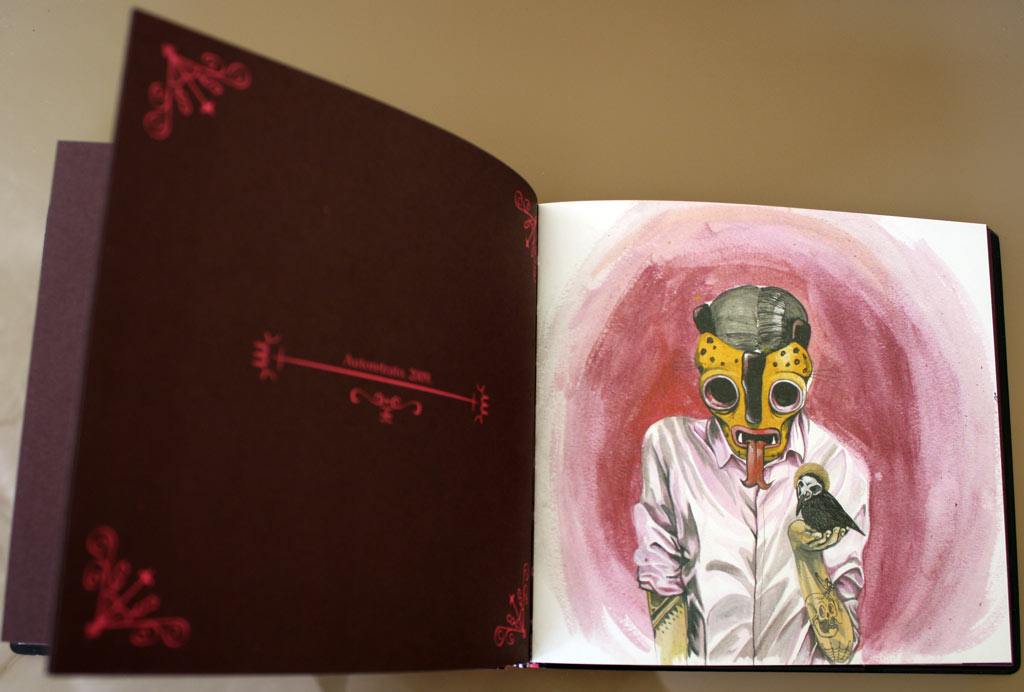
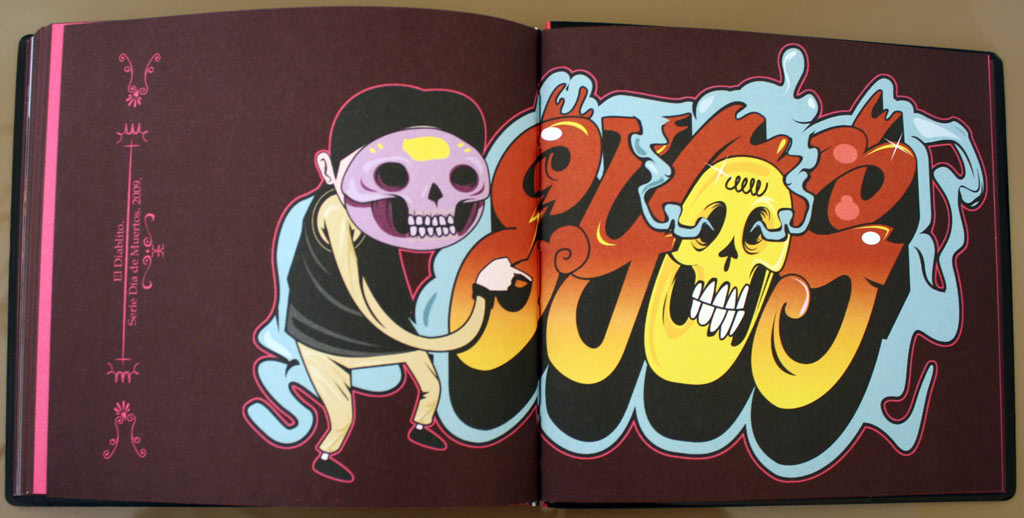
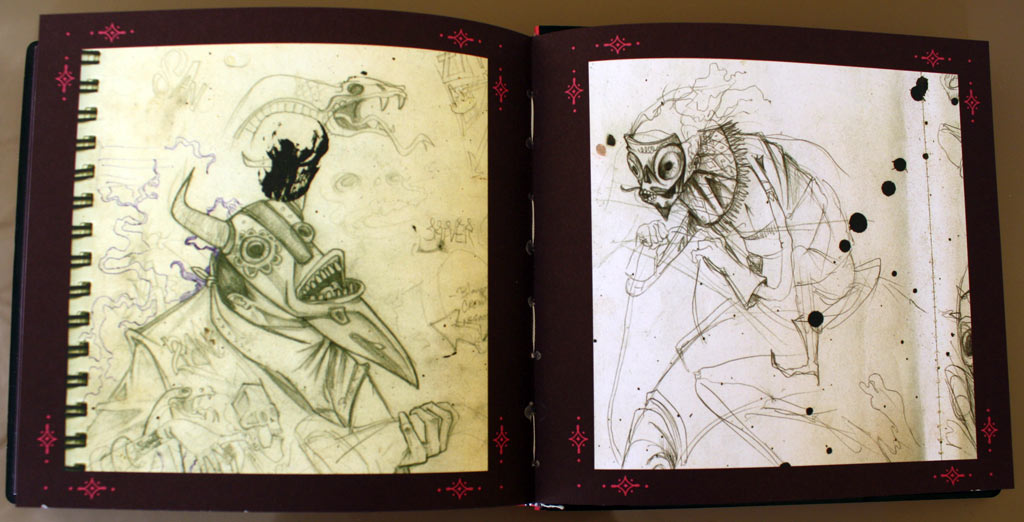
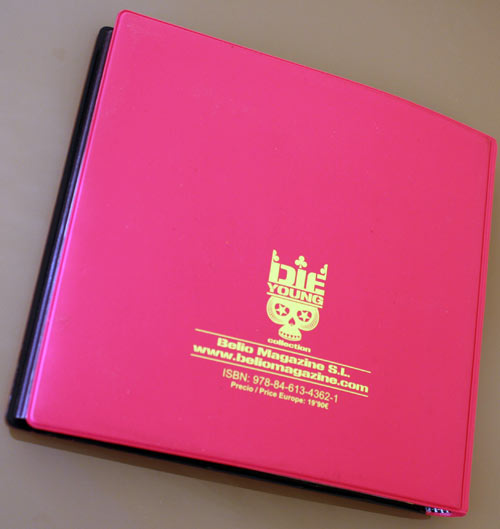


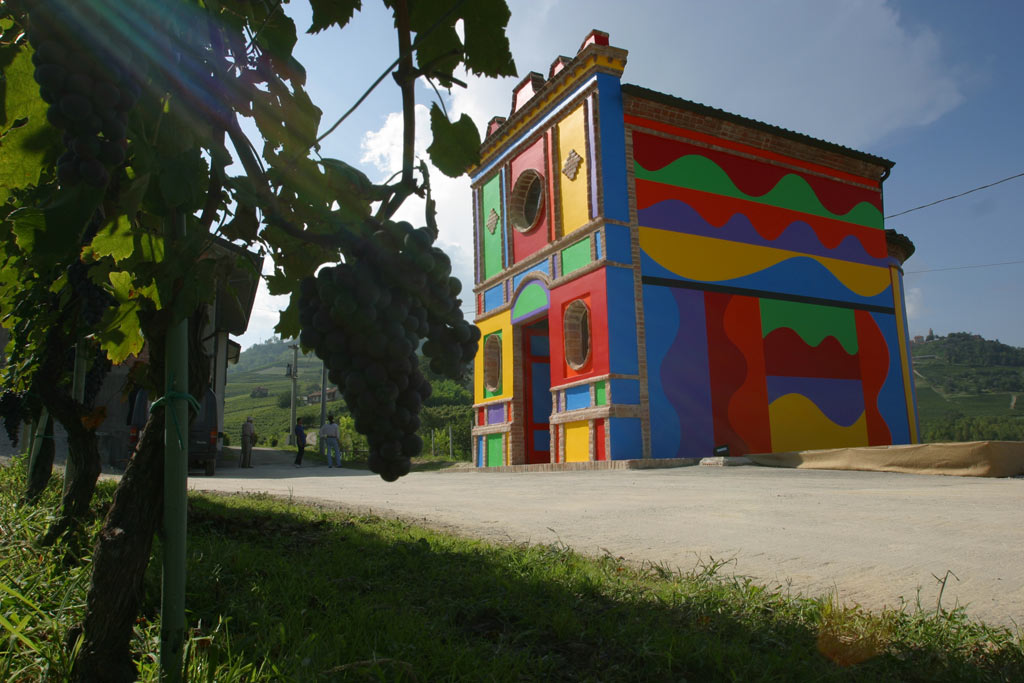
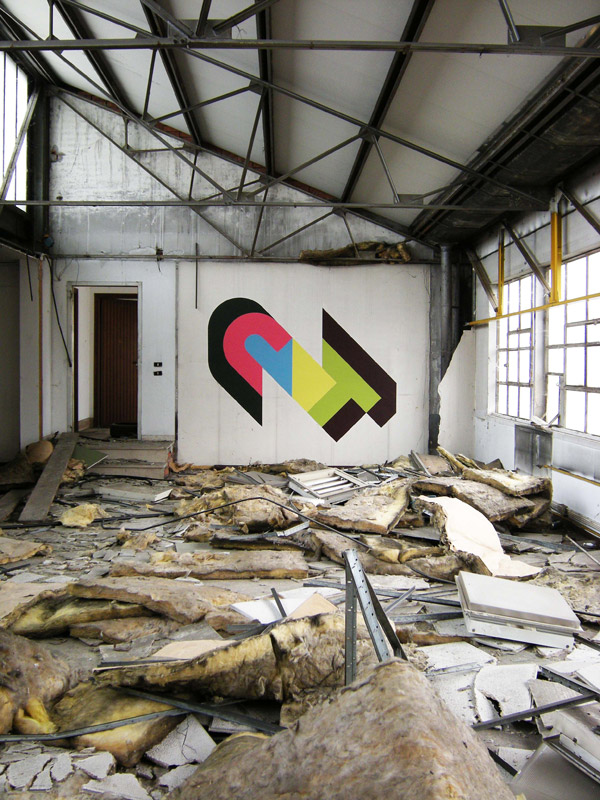
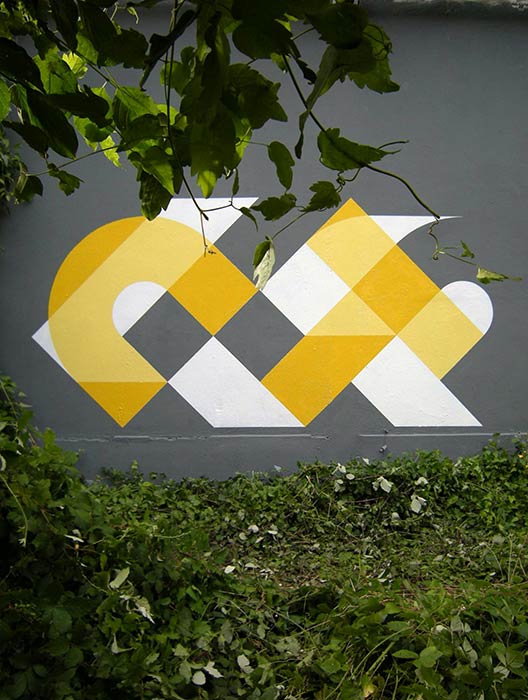
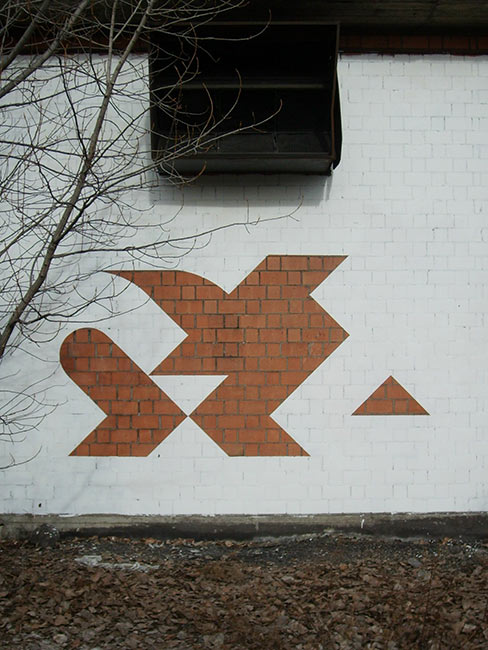
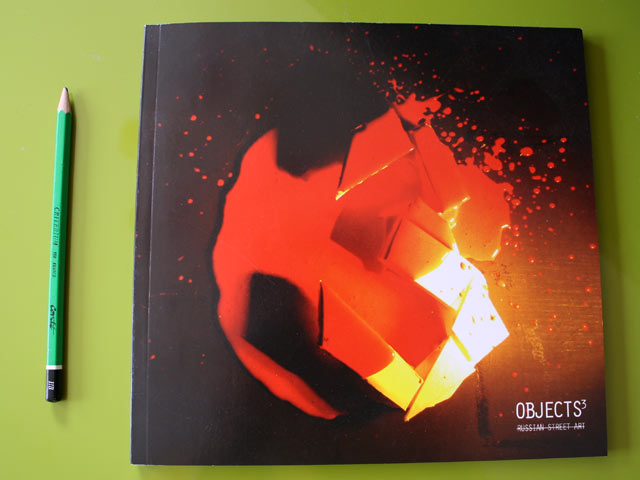
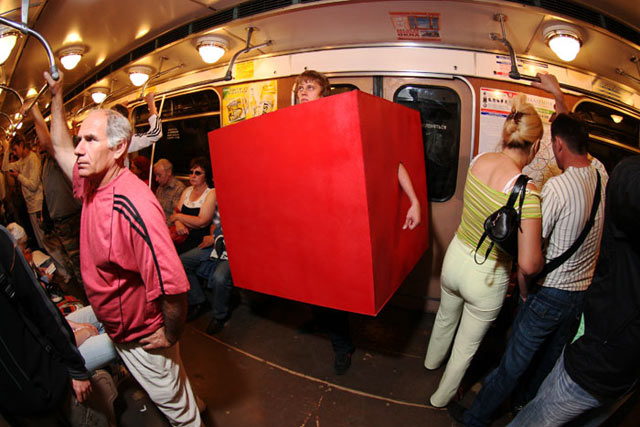
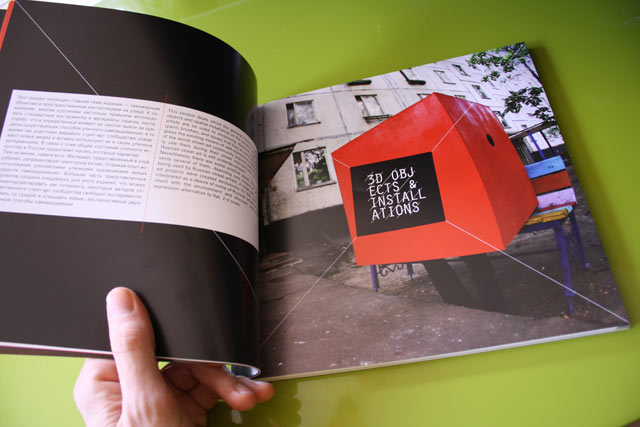
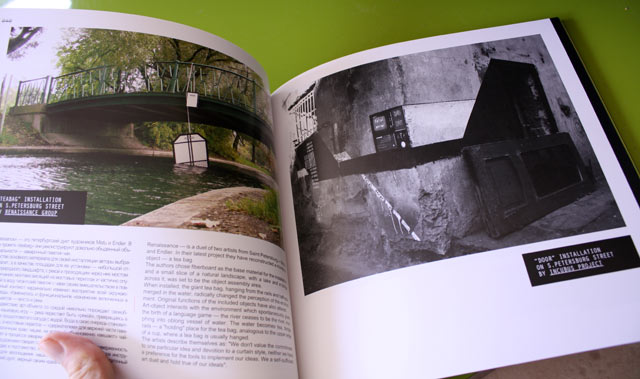
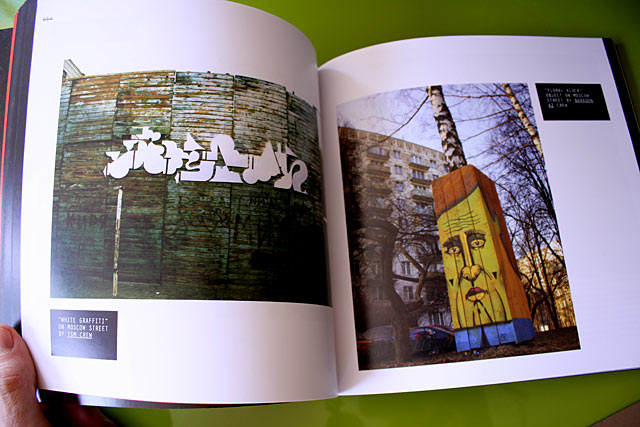
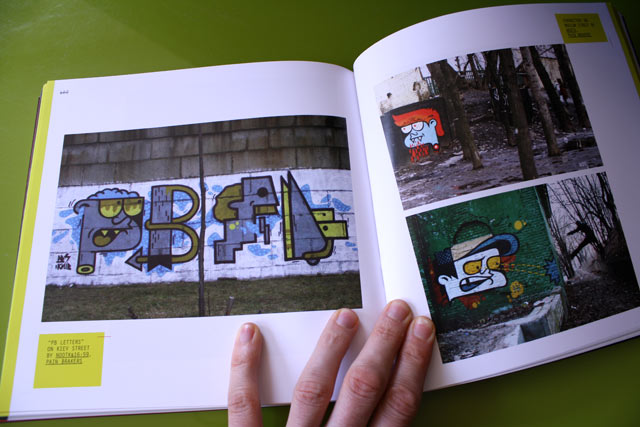
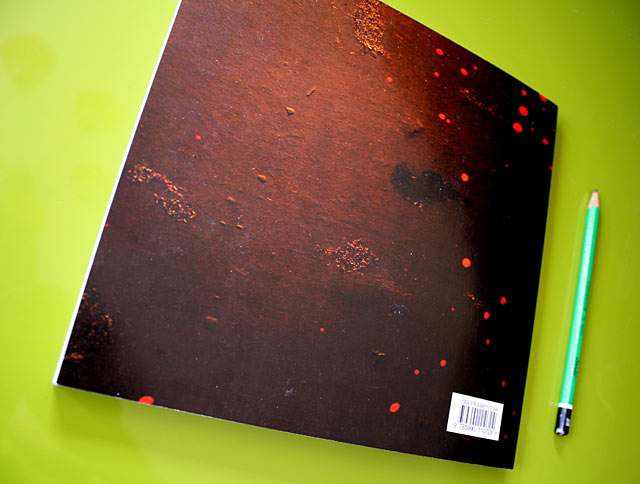



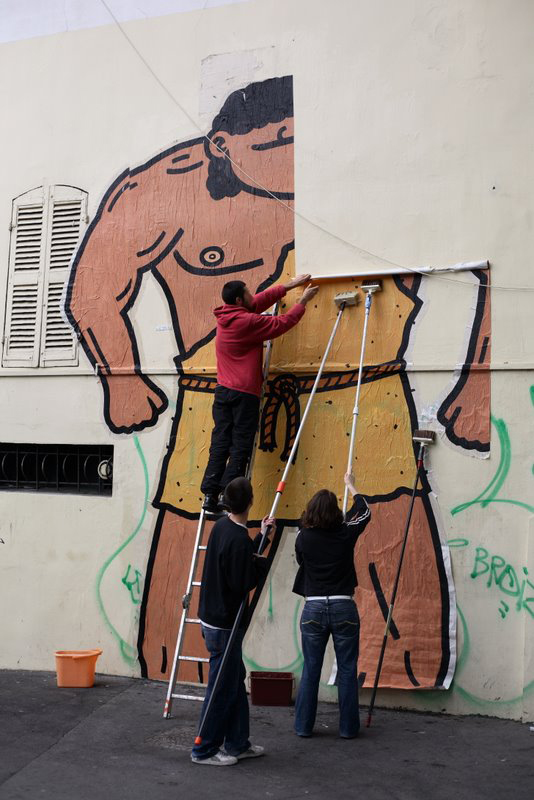
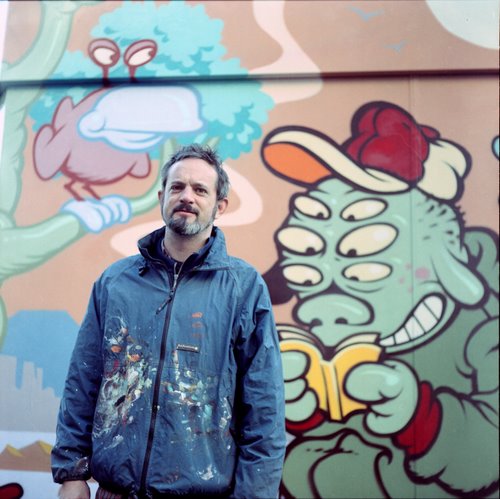 2008 aura été pour moi l’année du retour à l’argentique et surtout la découverte du moyen format qui a changé ma vie de photographe amateur…
2008 aura été pour moi l’année du retour à l’argentique et surtout la découverte du moyen format qui a changé ma vie de photographe amateur…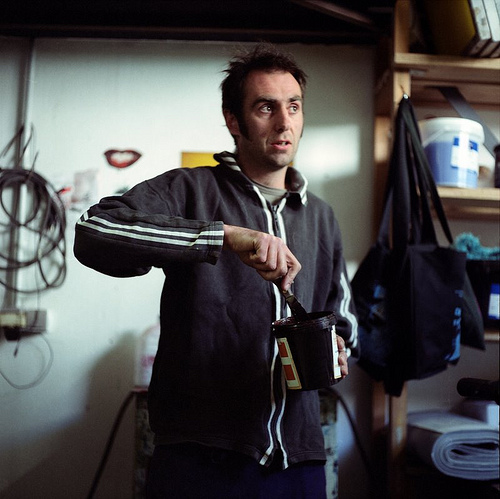
 Une photo que j’apprécie particulièrement (1 heure d’attente pour avoir cette photo)
Une photo que j’apprécie particulièrement (1 heure d’attente pour avoir cette photo) Titi from Paris. L’une des plus belles œuvres à mes yeux d’art urbain sur Paris cette année.
Titi from Paris. L’une des plus belles œuvres à mes yeux d’art urbain sur Paris cette année.
